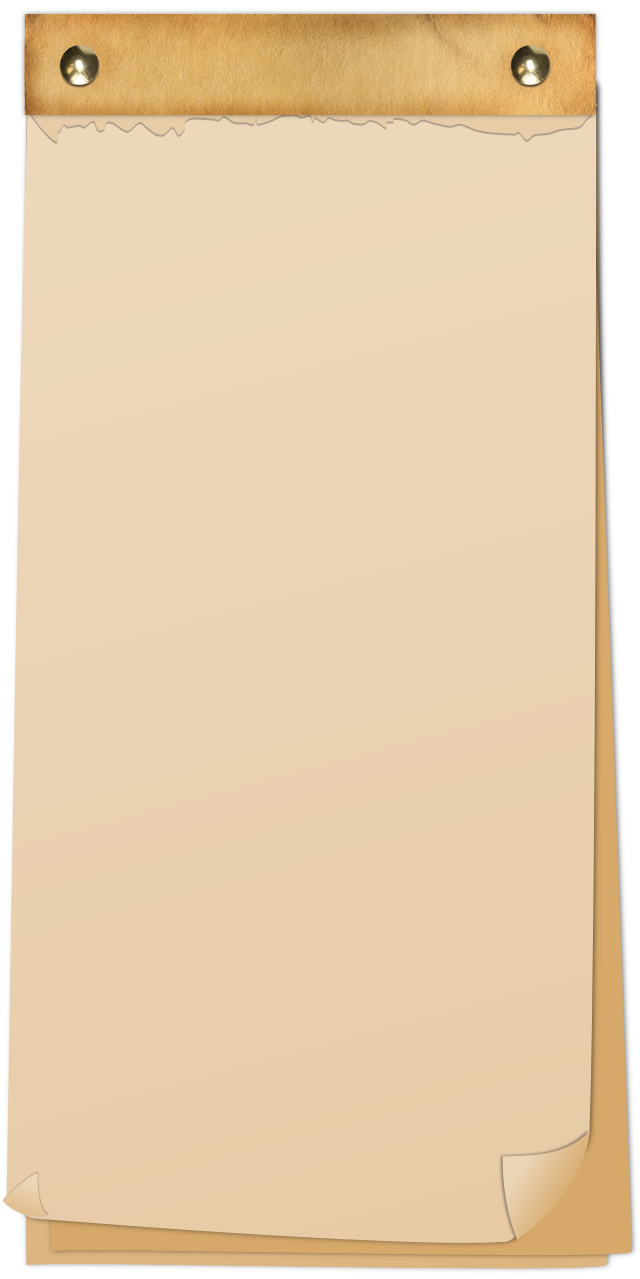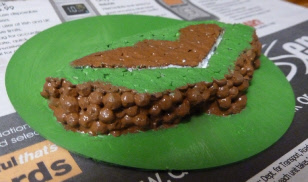

Copyright © All rights reserved. Made by Mad Dwarf Productions. Terms of use | Privacy policy


A Walk-Through of Various Techniques
Step-By-Step Guide
Stage 3 - Painting the base. Dry-Brushing.
Brushes: For large areas of PVA, a 1” round brush works best . A second large brush for painting the base will be needed, along with a smaller one for details. Smaller again, the barricades will need to be painted with a detail brush.
Glue: Large tub of PVA, and a container for watering down. (Yogurt tubs work well)
Flock: A bag of artificial grass, and maybe some sand for paths.
Paint: Tester-pots from DIY stores can be good for bases. Lots of green, and some brown. Grey can be useful.
A Base: An old CD works for this. Advanced modellers may use a small wooden disc with bevelled edges.
Polystyrene: Often used in packing, this is an invaluable material for modelling!
Cocktail Sticks: Matches, lolly sticks and coffee stirrers also work.
Craft Knives: These sharp blades come in two styles - replaceable-blade scalpels and extendable-blade “snap-offs”.
Spray Paint/Rough Coat: We will not be using these in this tutorial.
Bitz Box: Always needed!
Water: A small jar to wash brushes in. PVA brushes should be rinsed thoroughly under a running tap
Things you will need:

Once the base has fully dried, it can be prepared for flocking. You need to cut slits
for the barricades to go into, carefully cutting into the polystyrene with a craft
knife. A trench 1mm wide and 3mm deep should be sufficient. If the trench is too
shallow, the barricade may not hold well enough, and too deep will make it shorter
than anticipated. Do not hack at the polystyrene, or chunks will come off, and you
will need to fill them in later! Double-check that the edges of the polystyrene are
stuck down well enough by gently trying to prise them away from the base. If they
come up, use a piece of card or cocktail stick to apply more PVA underneath, press
down and leave to dry again.
You can now add the base layer of paint. Using a large brush, cover the whole base in appropriate colours. The rough “rocks” of the polystyrene are done in brown, while the areas that will be flocked should be in a matching colour, usually a green. You may wish to add a path or well-worn walkway, painting this to match the sand you will put on it.The section just behind the barricades is often heavily trod, so again, this can be painted brown. Make sure to get into all of the crevices of the “rocks”, and leave no white, or base material, showing. You may find that once the main paint is on, a watered down version will run into the gaps easier. As CDs do not naturally accept paint, you may have to put more than one coat on, to cover evenly.
Wash your brushes, and leave to dry.
While the paint is drying, check how your barricades are coming along. Be careful not to dislodge them if they are not yet dry. If the glue has dried, check to see that all of the sticks have glued to the brace. If not, use small dabs of glue to stick them back in place. You can also carefully check that they will fit into the gaps that have been cut for them. These gaps can be extended if necessary, or if they are too large, filled in at the flocking stage.
The barricades can now be painted. The easiest is to cover them in a “wood bark” brown, and then blacken the fire-hardened tips. Give the whole section a coat of brown paint, and leave to dry. Now use dry-brushing to highlight the sticks: Take a slightly lighter shade of brown (or mix a lighter paint with the base brown on a palette). Gently wipe the brush on a tissue to remove most of the paint (leaving it “dry”). Now gently drag the brush across the raised areas of the sticks, leaving a little paint to highlight them. Do this a little more nearer the top to emphasise the highlights. Dry-brushing is not kind to your brushes, so use an old or lower quality one. You can lighten the mix again, and add another layer of dry-brushing, to make pronounced highlights. It is very easy to over do it with dry-brushing, so take it steady, use gradually lightening layers, and err on the side of caution.
To make the fire-hardened points, we can use dry-brushing again, only this time using black. Gently brush the black paint down from the tips, giving a burnt look.
